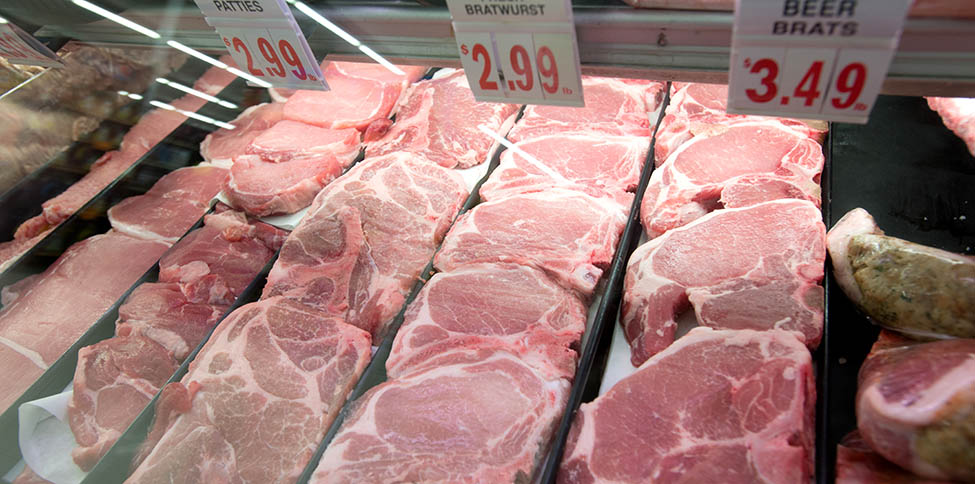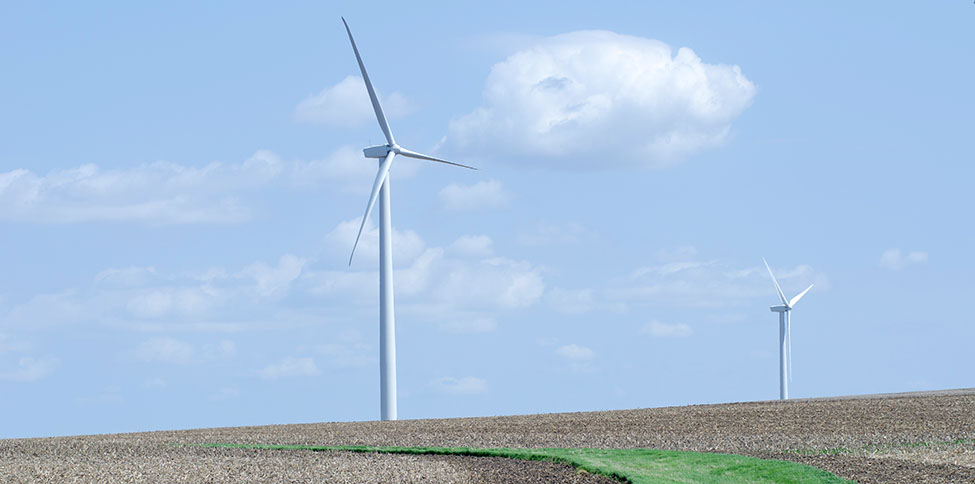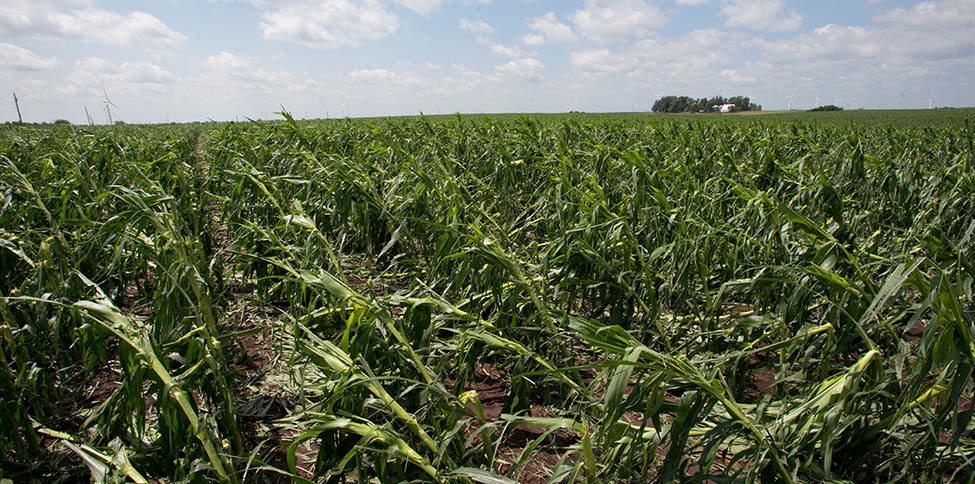What’s on the Minds of Iowa Consumers?
December 15, 2023
By Lydia Zerby
We recently asked readers to let us know one thing they’d like to learn more about related to Iowa agriculture. Discover some of their questions and our answers.
At the Iowa Food and Family Project, we encourage two-way dialog and seek to share content relevant to what readers are currently interested in receiving. In this edition, discover more of their questions, including how consumers can be sure meat is free from antibiotics, insights into the wind energy industry and how crop insurance helps protect farmers and their assets.
Throughout the coming months, we’ll share answers to actual questions submitted by our readers. Click here to submit your question, and we might answer it in a future edition!
Question: How do I know if meat products are truly antibiotic-free?
Answer: Federal law requires that all meat, poultry and dairy products sold in the U.S. must be free of antibiotic residues, whether or not the food is labeled “antibiotic-free.”

Some livestock farmers and veterinarians are exploring alternatives to antibiotics, such as probiotics in animal feed. For farmers who do use antibiotics to prevent, treat and control disease in animals, they can do so only with a veterinarian’s approval and oversight, as required by the Federal Drug Administration (FDA). They must follow strict FDA guidelines for the proper dosage, duration and withdrawal time — the time between when the animal is treated and when it goes to market.
As an added layer of protection, the U.S. Department of Agriculture samples meat, poultry and dairy products to ensure they’re free of antibiotic residues. In the very rare case when a product tests positive for antibiotic residues, it’s removed from the food supply chain and never goes to market. This protects the food system, public health and you.
Remember, meat is tested to ensure it’s antibiotic-free. You don't have to worry about cooking to "destroy antibiotics" or about antibiotics affecting human health because they aren't there in the first place.
Source: Iowa Farm Bureau
Question: How many wind turbines are in Iowa?
Answer: MidAmerican Energy has more than 3,400 wind turbines across 33 Iowa counties.

Iowa is a national leader in wind energy, producing the highest percentage of electricity by wind of any state — 57%. Iowa now generates more electricity from wind than any other single source.
MidAmerican’s fleet of wind farms generates more than 7,500 megawatts of electricity — enough to power more than 2.3 million average households each year. In fact, MidAmerican owns 5.9% of all the wind capacity in the country.
A wind turbine blade can spin at its tip as fast as 200 miles per hour. To prevent damage from severe weather, MidAmerican’s wind turbines automatically shut down and stop spinning when winds are strong enough to cause the blades to spin faster than they can safely manage.
MidAmerican's fleet's tallest model of wind turbine is nearly 600 feet (150 meters) tall. That’s almost twice as tall as the Statue of Liberty. Taller towers can support longer turbine blades, which generate more electricity for more extended periods of time.
Source: MidAmerican Energy
Question: How does crop insurance work?
Answer: Farmers can insure losses due to adverse weather conditions such as hail, frost, freeze, wind, drought and excess moisture, as well as fluctuating market conditions, under a crop insurance policy. In most cases, the insurance covers loss of yield or revenue exceeding a deductible amount.

After economic challenges and widespread disasters in the late 1970s, Congress developed the public-private partnership of federal crop insurance to protect and support farmers, stabilizing the economies of rural communities without leaving taxpayers financially responsible.
Under this successful model, farmers contract with any 1 of 14 private insurance companies authorized by the U.S. Department of Agriculture, paying a premium to protect their crops. Today, more than 490 million acres of farmland are protected through the Federal Crop Insurance Program.
The types of coverage available vary by crop and county. Some common crop insurance products are:
· Revenue protection: Protection against production loss, price decline or increase, or a combination of both
· Yield protection: Protection against production loss
· Area revenue protection: Coverage against loss of revenue due to a county-level production loss, price decline
or combination of both
· Margin protection: Protects against decreases in operating margin, whether due to drops in yield, price or
an increase in costs
· Whole-farm revenue protection: Risk management for all commodities on the farm (crops and/or livestock)
under one insurance policy
· Crop hail: Protection against damage due to hail and/or fire
Other coverages include vandalism, lightning and stored grain.
Farming presents unique risks that can easily impact a farmer’s financial well-being. Inclement weather, pests and diseases, or fluctuating market conditions are often unpredictable. Crop insurance offers a financial “safety net” to ensure farmers remain profitable.